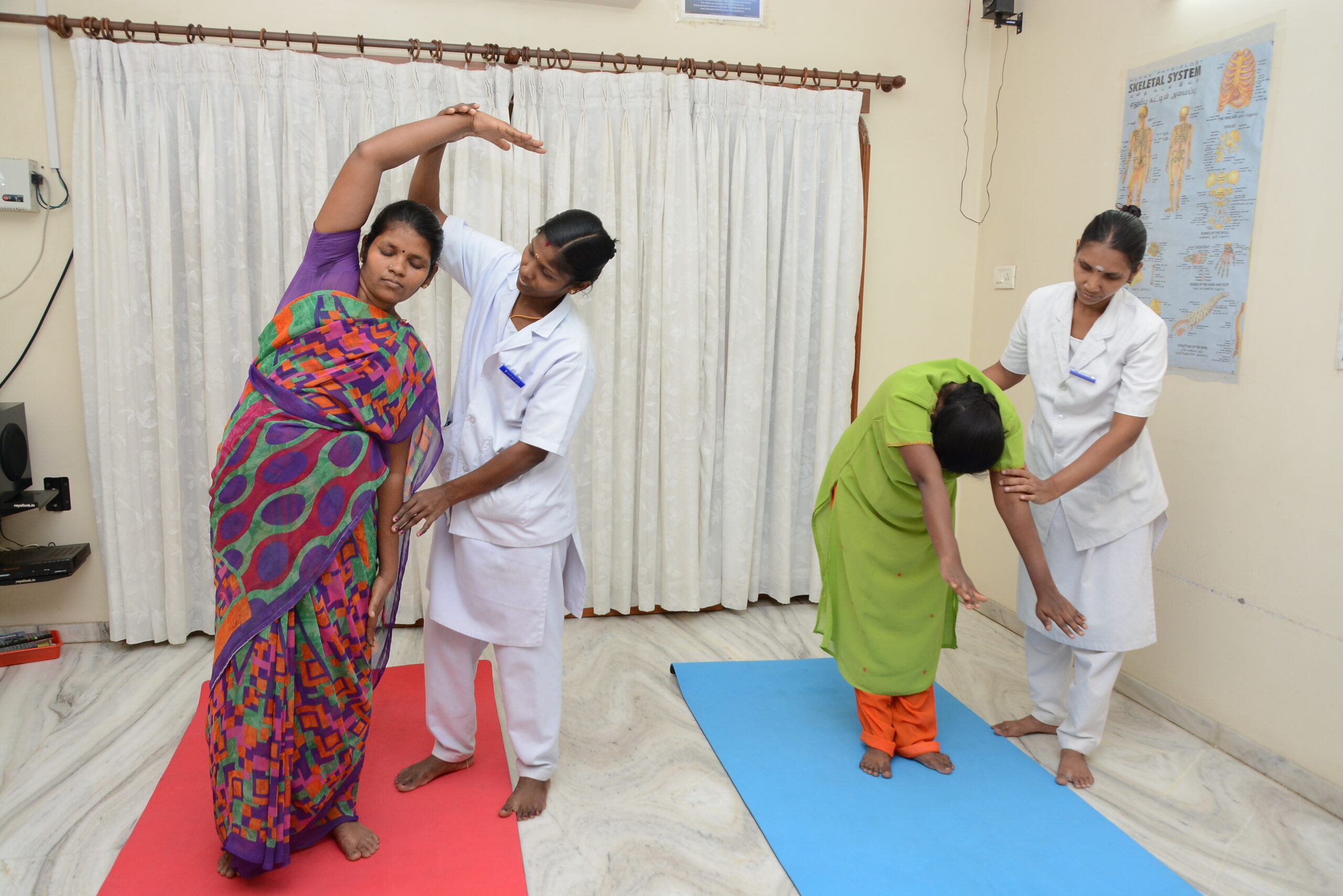Top 3 Tips from a Psychologist with over 30 years of experience
In a world filled with constant change and challenges, mental well-being is more important than ever. Drawing from over 30 years of experience in clinical psychology, here are three foundational tips that I’ve found to be transformative for individuals seeking better mental health and a more fulfilling life.
1. Practice Mindfulness for Emotional Balance
Mindfulness is a simple yet powerful tool for emotional regulation. Over the decades, I’ve witnessed countless clients transform their stress and anxiety through mindfulness techniques. This involves staying present in the moment, acknowledging your feelings without judgment, and letting them pass naturally.
Why it works: When we focus on the present, we interrupt the negative spiral of overthinking and reduce emotional reactivity. This allows us to respond to situations with clarity rather than reacting impulsively.
Tip: Start with small steps. Take 5-10 minutes each day to practice mindful breathing or body scanning. Apps and guided meditations can also help you build this habit.
2. Set Boundaries to Protect Your Mental Space
One of the most common patterns I’ve seen is the struggle to set healthy boundaries. Many people feel obligated to please others at the expense of their own mental health. This often leads to burnout, resentment, and emotional exhaustion.
Why it works: Setting boundaries helps you prioritize your well-being, making room for self-care and healthy relationships. It also reduces stress by giving you control over how you spend your time and energy.
Tip: Start by saying “no” to small requests that feel overwhelming or unnecessary. Communicate your needs clearly and calmly to loved ones, and remember that self-care isn’t selfish—it’s essential for sustaining your mental health.
3. Cultivate Gratitude for Long-Term Happiness
Over the years, I’ve seen the profound effects of practicing gratitude. People who focus on what they are thankful for tend to have a more positive outlook on life, even during challenging times. Gratitude shifts your focus away from what’s lacking and towards what’s present and meaningful.
Why it works: Gratitude rewires the brain to focus on positive experiences, leading to increased happiness and contentment. Studies have shown that people who practice gratitude regularly experience lower levels of depression and stress.
Tip: Keep a gratitude journal and write down three things you’re thankful for each day. They don’t have to be big; even small moments of joy, like a good cup of coffee or a kind gesture, can make a difference.
Conclusion
Mental health is a journey, and small, consistent efforts can create lasting change. By practicing mindfulness, setting boundaries, and cultivating gratitude, you can strengthen your mental resilience and lead a more fulfilling life. After three decades in psychology, I’ve learned that these simple yet profound strategies can help people navigate life’s complexities with greater ease and joy.





